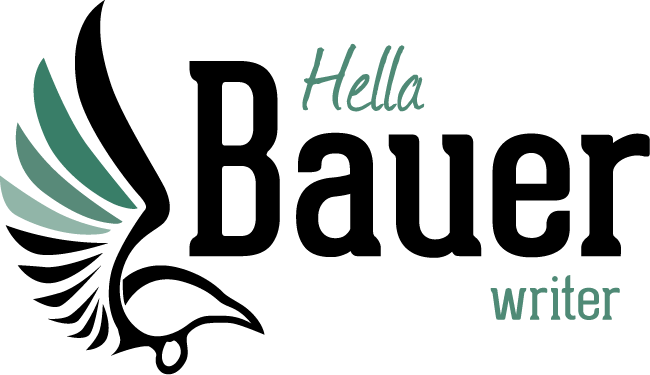Helpful hints for writing training materials
When writing training documents imagine being your student.
- You might not know anything about the industry
- You don't know what you need to know to do the job
- You don't know how long it is going to take you to learn the job
- You don't have industry-specific 'common sense'
Provide your students with basic information to keep them interested:
1. Structure
A table of contents and a clear structure are a must. Adult students want to know what they are learning, how they are learning, and what they can expect to know at the end of the training.
Students can skim passages they think they know, and focus on areas they don’t know.
2. Place the job into context
How does this position fit into the wider business context? Who are other members of the team? A wharf hand on a container yard needs to know who the other people loading the ship are. Who is responsible for what?
3. Glossary
Create a glossary explaining industry jargon and specific terminology. Sort it alphabetically, and place it at the beginning or the end of your document – the table of contents will show the student where to find an explanation for any unknown term. Use photos – a picture showing a special type of truck adds to the specific term, and information on what this truck does makes more sense.
4. Explain everything
Your students will come from different walks of life. Expect a mix of school leavers, people with industry experience who want to upskill, immigrants who have subject knowledge in another language and need to learn the subject language, and highly educated people looking for a career change.
You don’t know your trainees’ previous knowledge. Therefore, explain everything, and never assume anything.
